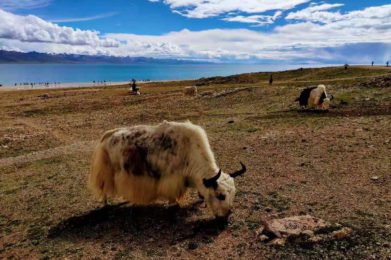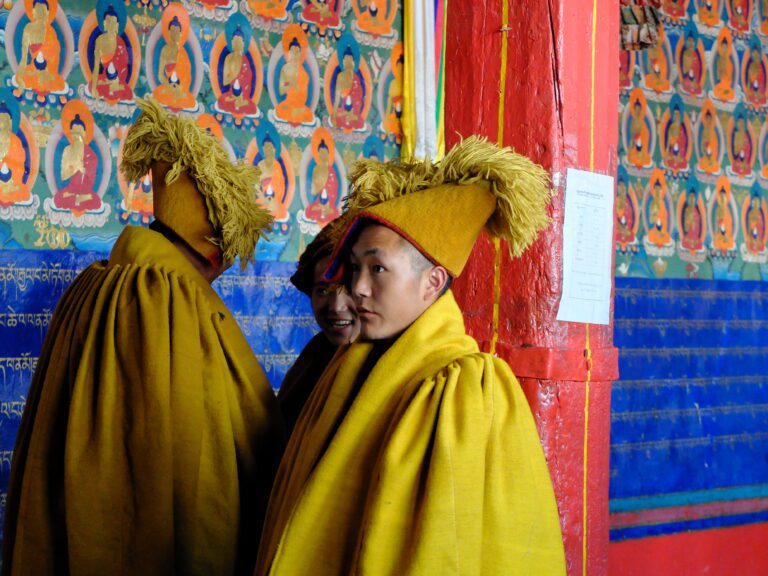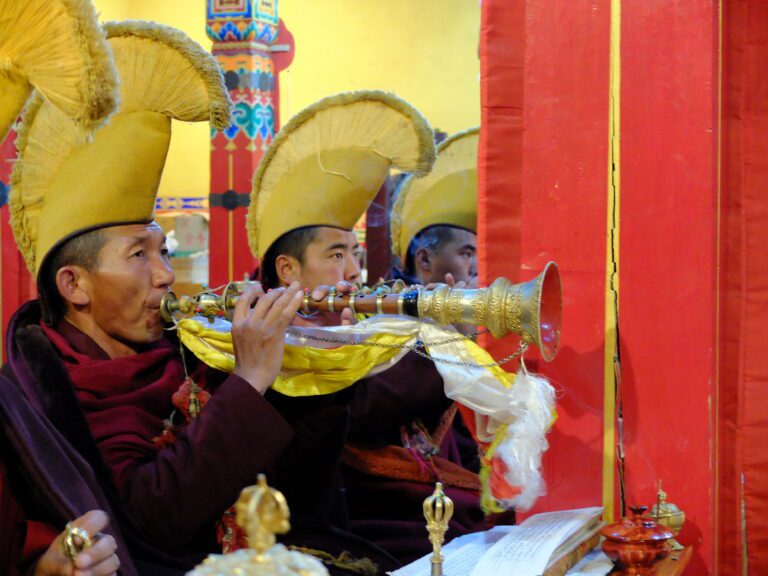Best Months to Visit: Tibet Weather, Seasons and Climate
Weather plays a big part in making travel plans. Especially so, when you consider doing some Tibet tours. You want to enjoy the scenery that’s not hidden behind dense fog or grey clouds.
We wrote this article for you to plan your big trip. Read on to learn about the climate, seasons, and weather patterns in Tibet.
What is the Tibetan plateau climate like?
Tibetan plateau climate is unique. There are plenty of influencing factors, including special geographical and topographical traits. The most important characteristics of the Tibetan climate are…
• Altitude-based differences
• Four seasons
• Powerful ultraviolet radiation
• Strong sunlight
• Thin air
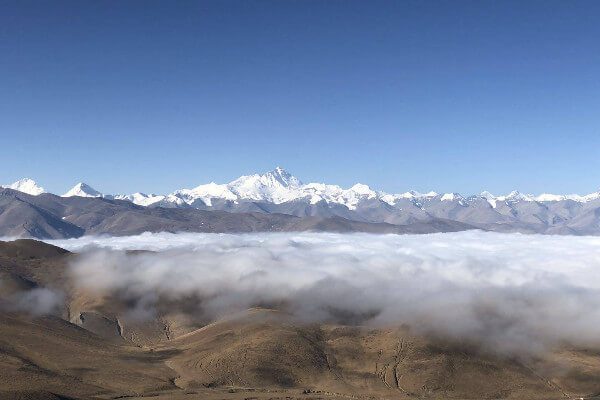
What are the seasonal differences in Tibet?
Seasonal differences have varying faces in Tibet depending on the location. In the following paragraphs, you’ll learn about the general conditions in each season.
Spring
The spring is a beautiful time for backpacking in Tibet! Some days in April and May can be nice and warm. Plus, there’s not much rain, except for the southwest in April and May. Note that high-altitude areas are still freezing. For example, Namtso Lake stays frozen until the warmth of May arrives.
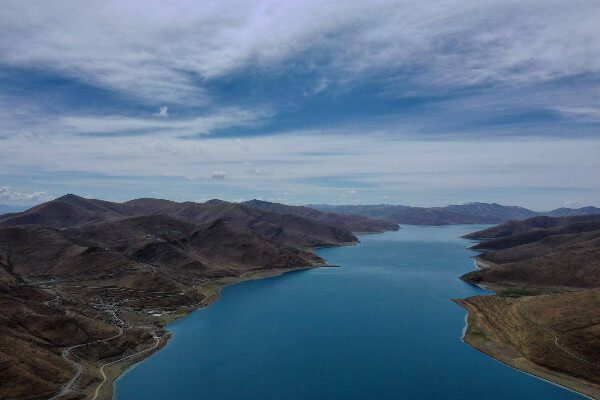
Summer
Some of the cities in the same latitude as Tibet experience hot and sweaty summers. That’s definitely not the case on the Tibetan plateau. The days are pleasantly warm, but nothing that would make you uncomfortable.
Summertime is a rainy season. The rain starts from southwest Tibet in the late spring, moving westward until reaching all the central areas. The rainy period subsides in September and comes to a complete stop in mid-October.
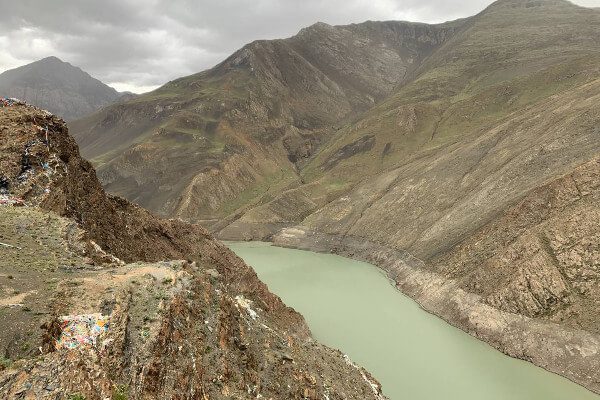
Autumn
A great time for trekking in Tibet as the high visibility allows you to take in all the natural sights! Most of the time, you’ll experience dry and sunny weather with temperatures on the colder side. There could be rainy days as well, rolling over from the summer season.
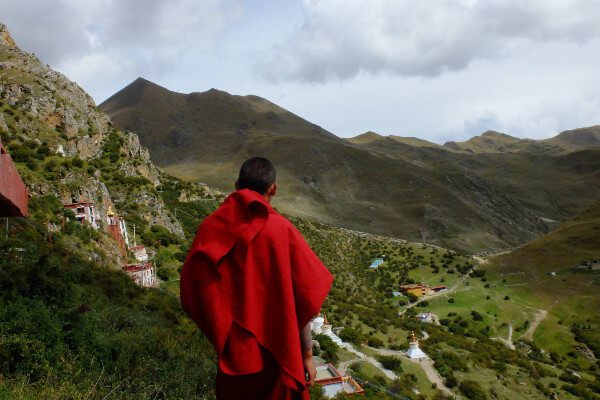
Winter
Tibetan winters are harsh. Parts of the region come to a complete standstill because of the blocked mountain passes. If you visit in the winter, you might find yourself spending time mostly in cities. Having said that, you’ll never get a chance to experience similar tranquillity during any other season.
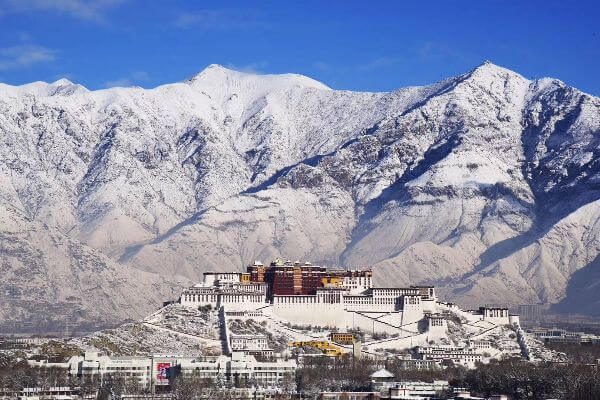
So, what is the best time to go to Tibet?
People prefer to visit Tibet in spring and autumn. You’ll maximize the potential for experiencing nice weather conditions. The winters are frigid cold and the summers bring the annual rains.
There are seasonal tours in Tibet that tailor the itinerary according to the weather patterns. When you plan your Tibetan adventure, make sure to check in-depth weather conditions for the specific regions. That’s because the altitude can make a huge difference in the temperature and rainfall you’ll face on your trip.
Planning to visit in the winter? Gear up for the cold. The average temperature is -2 °C. The accompanying wind chill makes matters even more challenging. Although, you can always soak in the natural Yangpachen hot springs to combat the harsh cold.
Warning: extreme UV-radiation levels!
Regardless when you visit Tibet, you need to be ready for extreme UV radiation levels. Apply sunscreen on a regular basis. Wear protective sunglasses and a hat. Stay hydrated at all times. This way, you’ll cut the potential damage that high UV-radiation levels cause for your body.
The bottom line: best months to visit Tibet
The best months to visit Tibet are April and May in the spring and the autumn months of September and October. You’ll avoid the rainy summer and freezing winter. And these months cover many cultural and religious festivals too.
However, Tibet offers unforgettable experiences throughout the year. If the favourable months are unavailable for your plans, you’ll still have a great time in the region. Proper preparation is the key. The only exception is the period surrounding the Tibetan New Year. The whole region remains off-limits to foreign travellers from mid-February until late March.
Autumn is a perfect time for your Tibet adventure. Click here to check out some of the top Tibet tours in September and October 2019!


